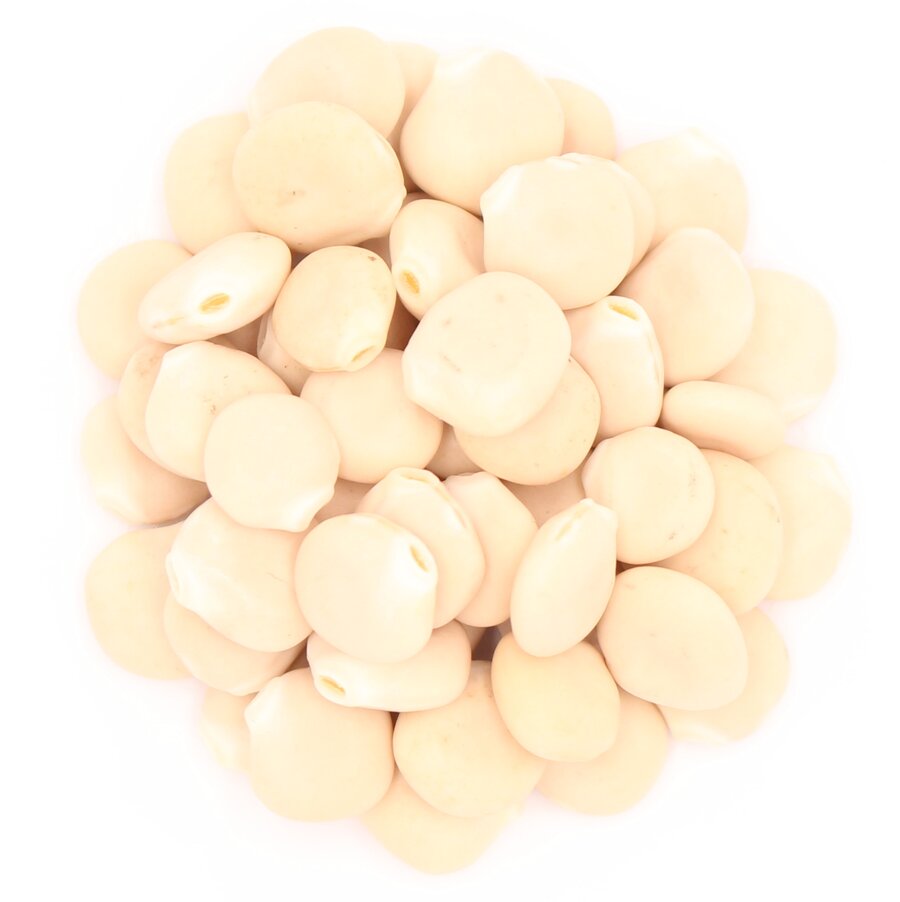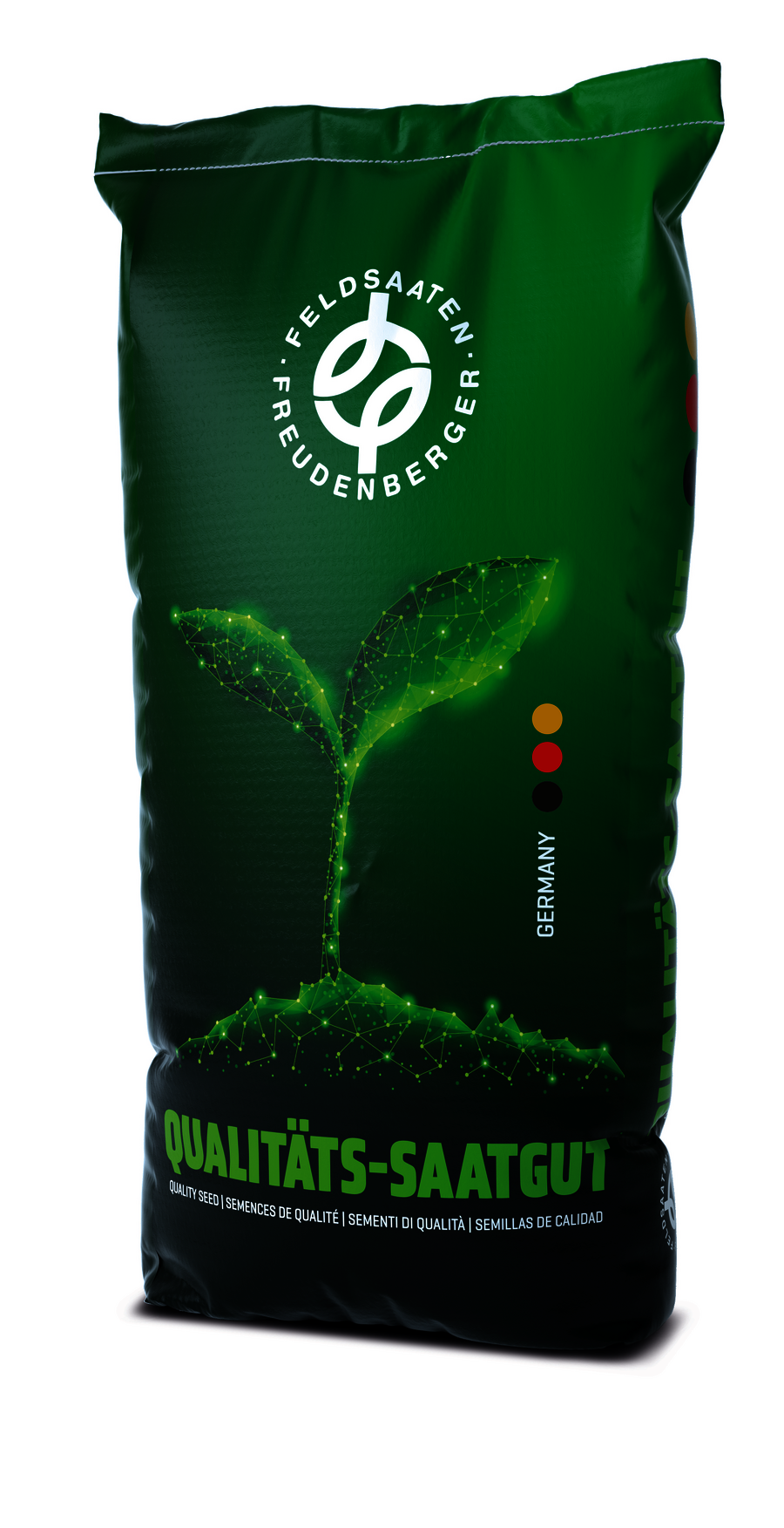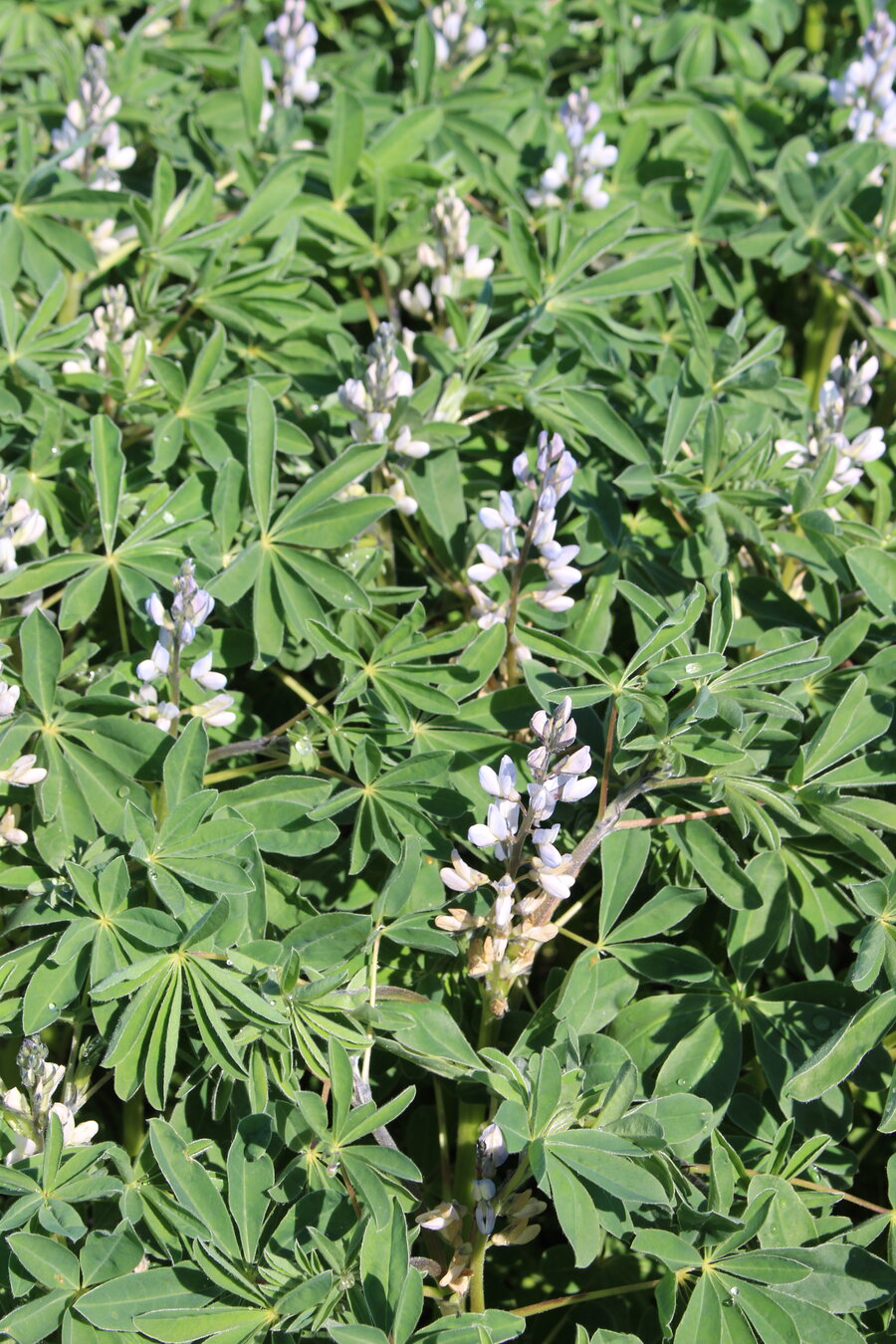White lupin
Lupinus albus
As a main crop, white sweet lupines are cultivated to produce high-quality, protein-rich fodder and food items. The cultivar has experienced a revival in recent years as part of the trend towards healthy, plant-based nutrition. It is expected that cultivation will continue to become more prevalent. As a legume, white lupins fix atmospheric nitrogen and convert it into a form that can be used by plants. White lupins have slightly higher soil nutrient requirements than blue lupins. They thrive on loamy, medium-heavy soils with a pH range of 6.5 to 7.3. Their extremely branched root network excretes citric acid, making white lupins highly effective at tapping into soil phosphorous reserves. White lupins also have comparatively high levels of drought tolerance. When planting in fields in which lupins have not been grown for around 10 years, the use of RhizoFix® RF-40, a rhizobium inoculant designed especially for lupins, is recommended.
Bundle: 25 kg
Category: Grasses and legumes




